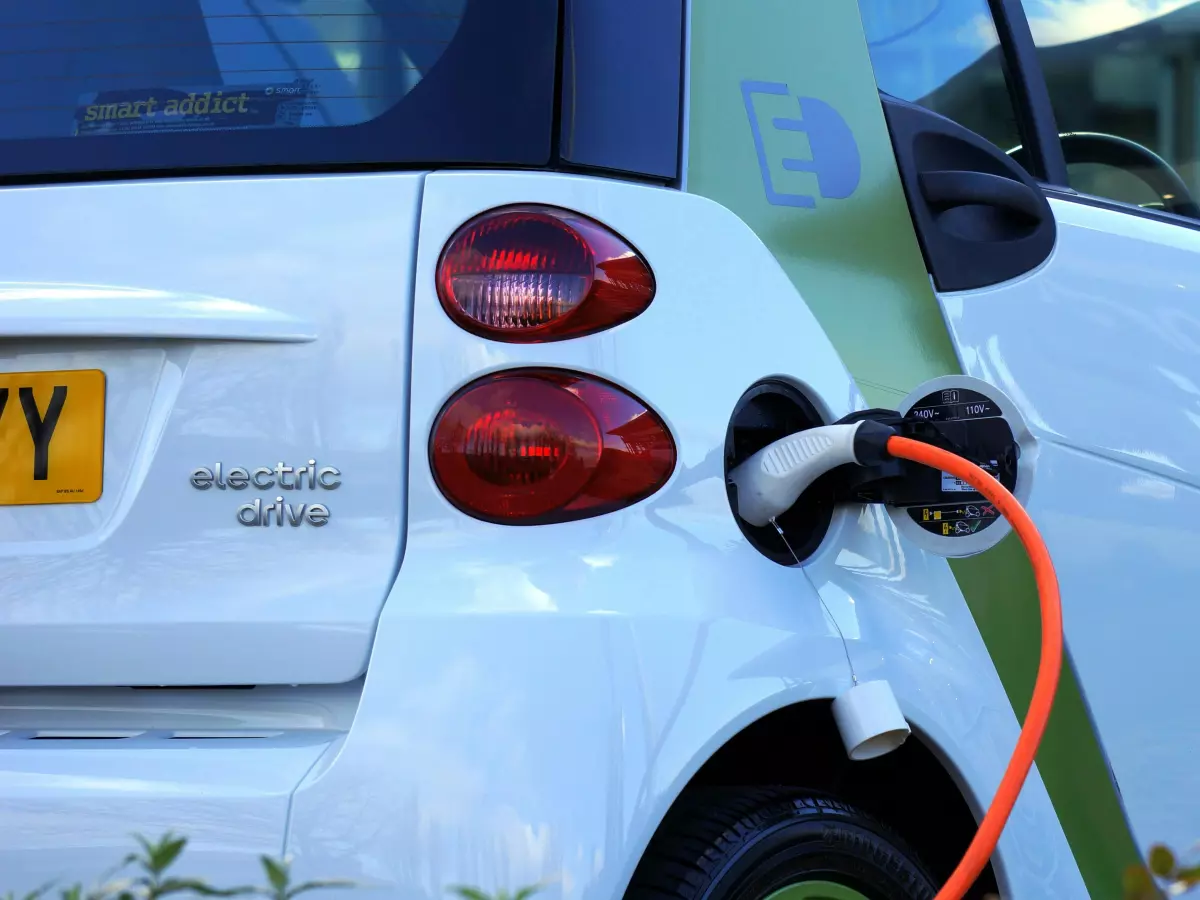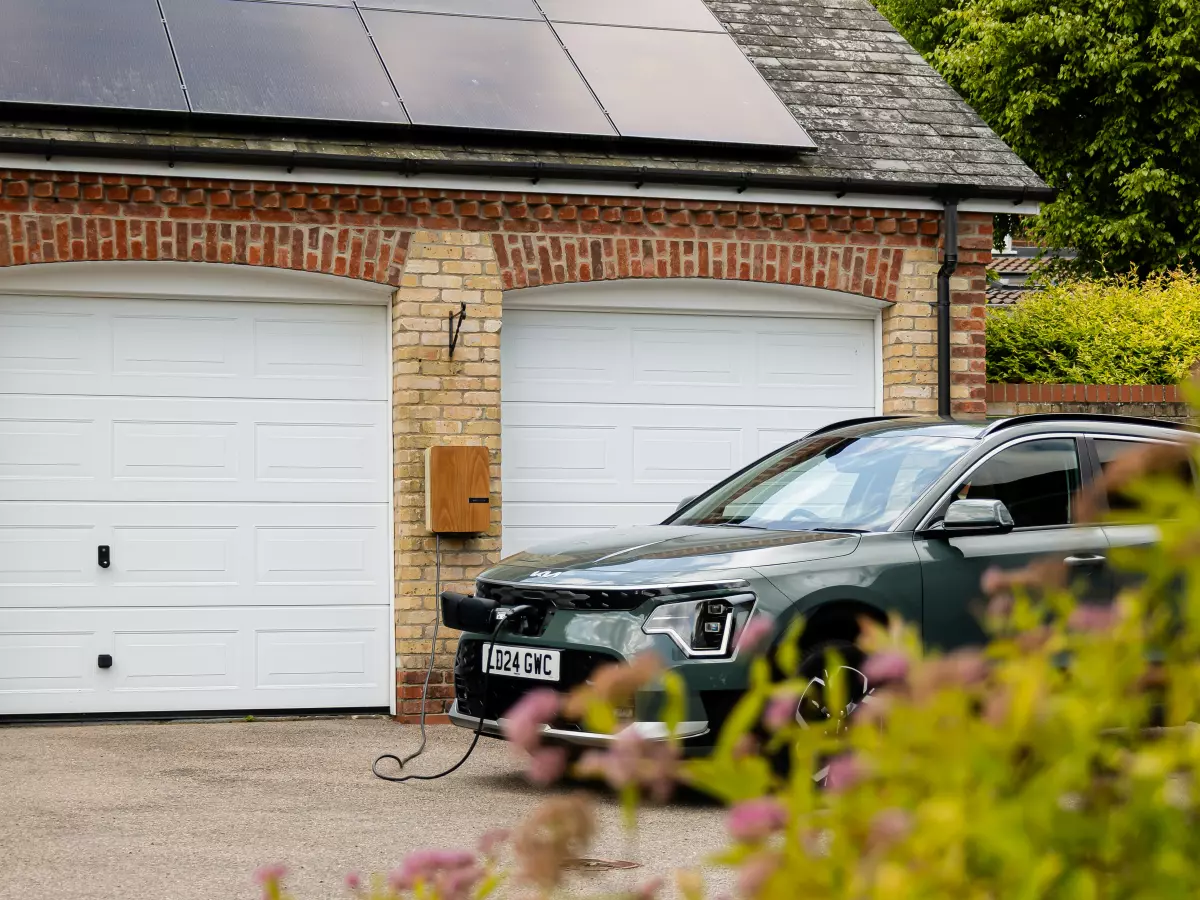Keeping It Cool
“The electric vehicle market is growing, but the technology behind it must evolve even faster.” – Elon Musk.
Musk’s quote hits the nail on the head. As EVs become more mainstream, the pressure to innovate has never been greater. And one of the most critical areas of innovation? Battery cooling. Without proper thermal management, EV batteries can overheat, degrade faster, and even pose safety risks. So, how are manufacturers tackling this challenge? Let’s dive into the latest and greatest in EV battery cooling technology.

By Hiroshi Tanaka
When it comes to electric vehicles (EVs), battery performance is everything. But here’s the kicker: batteries hate heat. Too much heat can reduce the lifespan of your EV’s battery, lower its efficiency, and even lead to dangerous situations like thermal runaway (fancy term for ‘battery meltdown’). So, how do we keep these high-tech power packs cool? Enter the world of EV battery cooling innovations.
Let’s break it down. EV batteries generate heat during charging and discharging. The faster you charge or the harder you drive, the more heat is produced. And while most EVs have some form of cooling system, not all cooling systems are created equal. Some rely on air cooling, others on liquid cooling, and a few are experimenting with even more advanced methods like phase-change materials (PCMs) and immersion cooling. But which one’s the best? Well, that’s where things get interesting.
Air Cooling: The Old-School Approach
Air cooling is the OG of battery cooling systems. It’s simple, cheap, and doesn’t require any fancy liquids or materials. Air-cooled systems use fans to blow air over the battery pack, dissipating heat in the process. Sounds easy, right? Well, not so fast. While air cooling works fine for smaller batteries or low-performance EVs, it struggles when it comes to high-performance vehicles or fast charging. Why? Because air just isn’t as good at absorbing heat as other methods.
Think of it like this: you’re trying to cool down a hot bowl of soup. Blowing on it helps, but it’s not nearly as effective as sticking it in the fridge. That’s where liquid cooling comes in.
Liquid Cooling: The Gold Standard
Liquid cooling is the go-to solution for most modern EVs, and for good reason. It’s far more efficient than air cooling, especially when it comes to high-performance vehicles or fast charging. In a liquid-cooled system, coolant (usually a mix of water and glycol) is pumped through channels or tubes that run alongside the battery cells. As the coolant absorbs heat from the battery, it’s circulated back to a radiator where the heat is dissipated.
It’s like your car’s engine cooling system, but for the battery. And just like with engine cooling, liquid cooling allows for much more precise temperature control. This is crucial because keeping the battery within an optimal temperature range not only improves performance but also extends its lifespan.
But liquid cooling isn’t without its downsides. It’s more complex and expensive than air cooling, and there’s always the risk of leaks. Still, for most EV manufacturers, the benefits far outweigh the drawbacks.
Phase-Change Materials (PCMs): The Next Big Thing?
Now, if you’re into cutting-edge tech, you’ll love this. Some companies are experimenting with phase-change materials (PCMs) to cool EV batteries. PCMs are substances that absorb and release large amounts of heat when they change from one state to another (like from solid to liquid). The idea is that as the battery heats up, the PCM absorbs the heat by melting. Then, when the battery cools down, the PCM solidifies and releases the stored heat.
It’s a bit like those reusable gel ice packs you throw in your lunchbox. They absorb heat as they melt and keep your food cool for hours. Pretty cool, right? (Pun intended.)
While PCMs are still in the experimental stage, they show a lot of promise. They’re lightweight, require no moving parts, and could potentially offer better thermal management than traditional liquid or air cooling systems. But there’s a catch: they’re expensive and not yet widely available.
Immersion Cooling: The Future?
If you thought PCMs were futuristic, wait until you hear about immersion cooling. In an immersion cooling system, the entire battery pack is submerged in a non-conductive liquid (usually a special type of oil). As the battery heats up, the liquid absorbs the heat and carries it away. This method offers incredibly efficient cooling and could allow for even faster charging times.
But, as you might expect, immersion cooling is still very much in the experimental phase. It’s expensive, complex, and there are still a lot of technical challenges to overcome. But if it works, it could be a game-changer for the EV industry.
Software: The Unsung Hero
Of course, no discussion of EV battery cooling would be complete without mentioning software. Modern EVs use sophisticated software systems to monitor and manage battery temperature in real-time. These systems can adjust the cooling system based on factors like driving conditions, outside temperature, and even your driving habits.
In some cases, the software can even predict when the battery is likely to overheat and take steps to prevent it. For example, if you’re about to start a long uphill drive on a hot day, the software might pre-cool the battery to ensure it stays within the optimal temperature range.
It’s like having a personal assistant for your battery, making sure everything runs smoothly behind the scenes.
Conclusion: The Future of EV Battery Cooling
So, what’s the best cooling method for EV batteries? Well, it depends. Air cooling is cheap and simple, but not very effective for high-performance vehicles. Liquid cooling is the current gold standard, offering a good balance between efficiency and cost. PCMs and immersion cooling are still in the experimental phase but could offer even better performance in the future.
And let’s not forget the role of software, which is becoming increasingly important in managing battery temperature. As EV technology continues to evolve, we can expect even more innovations in battery cooling. One thing’s for sure: keeping it cool has never been more important.





